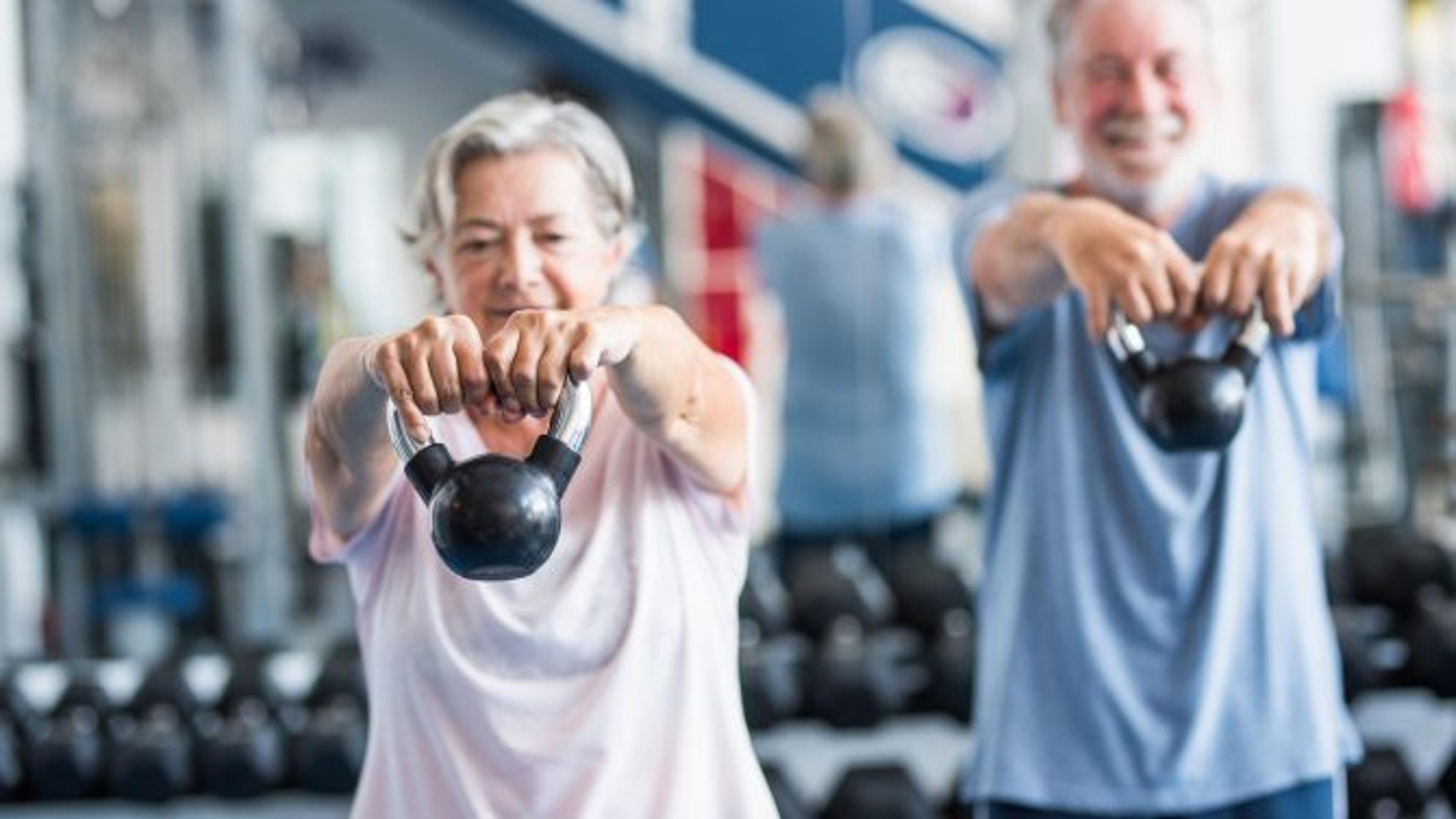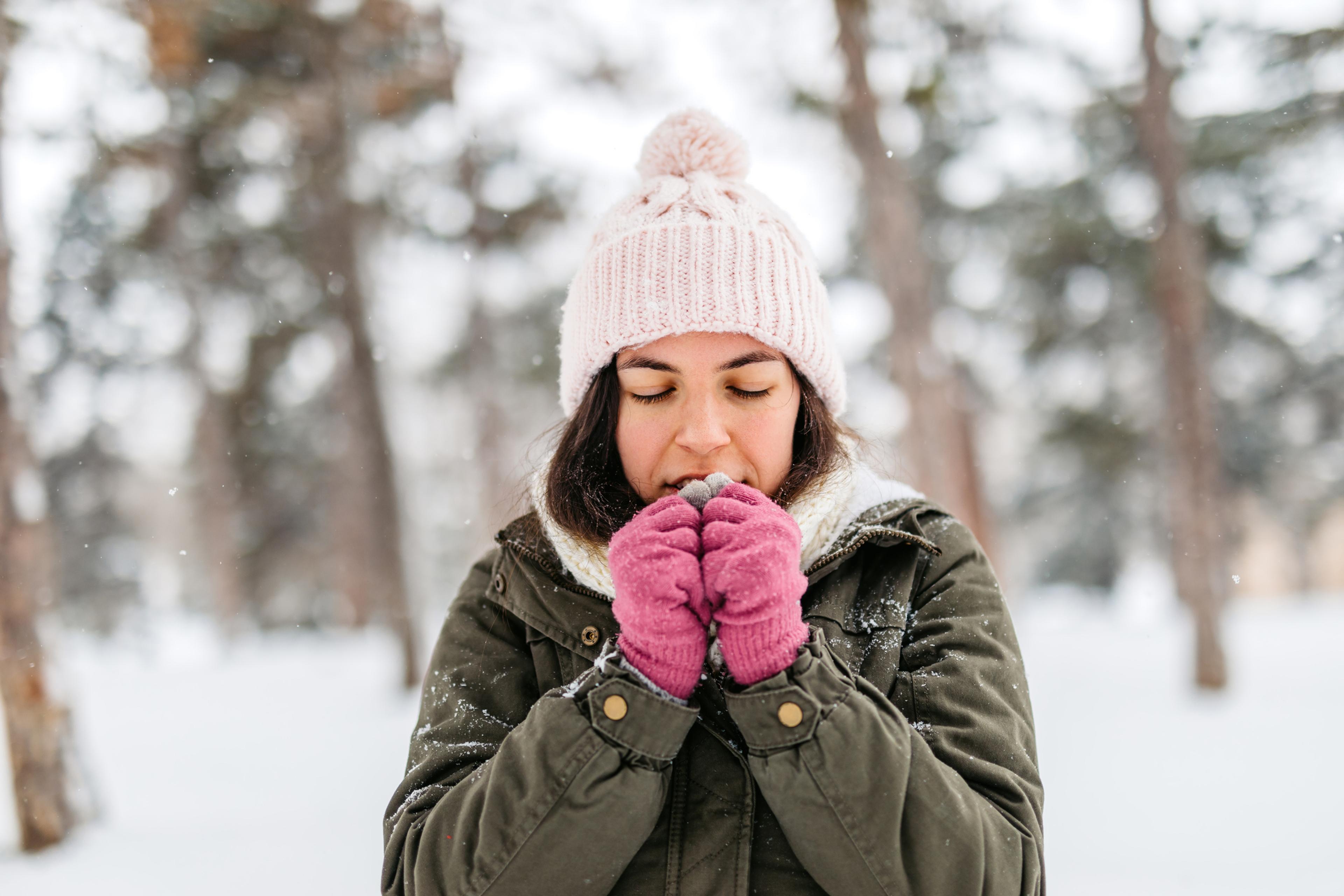The Importance of Physical Activity for Seniors
Shandra Martinez
| 2 min read

Regular physical activity is one of the most important things you can do for your health. It improves your ability to continue enjoying everyday activities, which can also help you maintain your independence. A sedentary lifestyle can have detrimental effects on health.
Evidence shows a higher amount of sedentary behavior is associated with poor health outcomes in older adults, including cardiovascular disease, cancer and type 2 diabetes. The World Health Organization (WHO) defines physical activity as any bodily movement produced by skeletal muscles that requires energy expenditure.
The Centers for Disease Control and Prevention (CDC), along with the WHO, recommend adults 65 and older participate in:
- 150 to 300 minutes per week of moderate activity like brisk walking, or 75 to 150 minutes per week of vigorous-intensity like hiking, jogging or running. You can divide your exercise time into 10-minute bursts throughout your day.
- Two days a week of activities that strengthen muscles (hand-held weights, exercise bands, digging or lifting).
- Three days a week of activities to improve balance (i.e., standing on one foot) to prevent falls.
Engaging in regular physical activity can also:
- Prevent falls
- Strengthen the heart and lungs
- Prevent or delay many health problems that come with age
- Improve brain health
- Help manage weight
- Improve sleep
- Reduce the risk of diseases like heart disease, stroke, type 2 diabetes and some cancers
- Strengthen bones and muscles
Check with your doctor to see what exercises are safe for you, even if you are living with a disability. Learn more about the importance of physical activity for older adults in this Blue Cross Virtual Well-Being SM webinar. You can also sign up for future employer-focused and general interest webinars here, where you’ll find past sessions and resources.
Related:
- Risk Factors That Lead to Falls and How to Prevent Them
- Navigating the Menopause Journey
- Understanding the Causes of Urinary Incontinence
Photo credit: Getty Images





